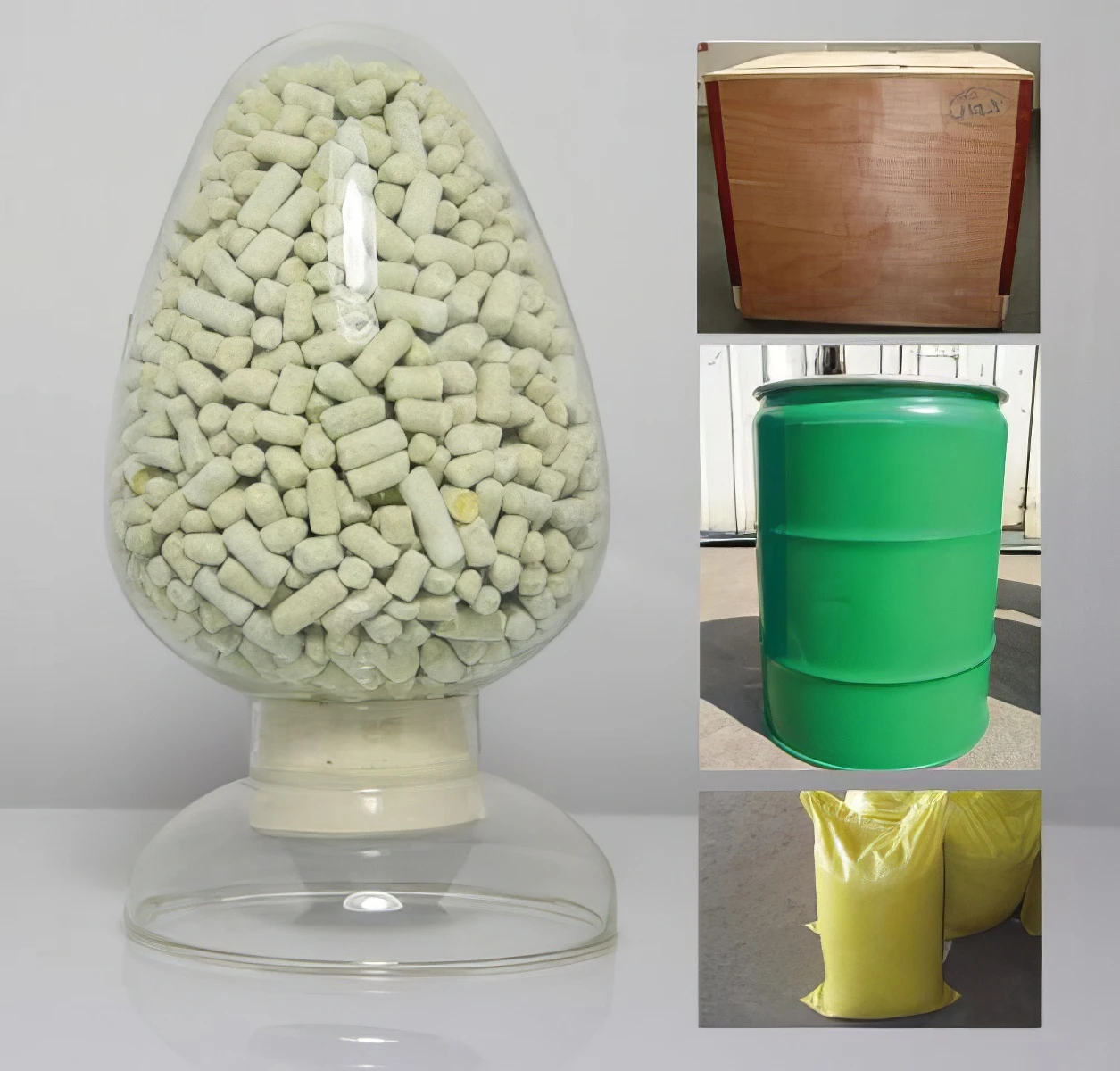



chemical formula for sodium chlorate
Understanding the Chemical Formula for Sodium Chlorate
Sodium chlorate, a chemical compound with the formula NaClO₃, has garnered widespread attention due to its applications across various industries, notably in agriculture, water treatment, and as a herbicide. Understanding its chemical structure, properties, and uses can shed light on its importance and versatility.
Chemical Structure
The chemical formula NaClO₃ indicates that sodium (Na) is combined with chlorate (ClO₃). The chlorate ion consists of one chlorine (Cl) atom and three oxygen (O) atoms held together by covalent bonds, while sodium, an alkali metal, is cationic in nature. In solid form, sodium chlorate typically appears as a white crystalline powder, which is highly soluble in water. This solubility is a crucial factor that influences its applications in different fields.
The structural representation of the chlorate ion reveals a trigonal pyramidal shape with the chlorine atom at the apex, surrounded by the three oxygen atoms. Two of the oxygen atoms are bonded to the chlorine atom via double bonds, while the third holds a single bond, bearing a negative charge as part of the ion. This structure is responsible for both the reactivity and stability of sodium chlorate in various chemical processes.
Properties of Sodium Chlorate
Sodium chlorate is characterized by several important properties. Firstly, it is an oxidizing agent, which means it can readily donate oxygen to other substances, a feature that is especially useful in various chemical reactions. Secondly, it is slightly hygroscopic, meaning it can absorb moisture from the air, which can impact its storage and handling.
Another notable property is its stability under normal conditions. Although it poses some risks when subjected to extreme heat or contamination, sodium chlorate is generally safe to handle when proper procedures are followed. However, when mixed with combustible materials, it can lead to explosive reactions, making it crucial to store and use sodium chlorate responsibly.
Applications of Sodium Chlorate
chemical formula for sodium chlorate

The versatility of sodium chlorate can be seen across several fields. One of its primary uses is in the production of chlorine dioxide, a compound commonly employed for bleaching pulp in the paper industry. The chlorine dioxide generated from sodium chlorate is effective in removing color and impurities, thus improving the quality of paper products.
In agriculture, sodium chlorate is used as a herbicide to control unwanted vegetation. Its ability to disrupt the photosynthesis of plants makes it an effective agent for managing weeds, particularly in non-crop areas. Farmers appreciate this capability, as it helps them maintain crop health and improve yields.
Water treatment facilities also utilize sodium chlorate due to its potent disinfection properties. When added to water, it can help eliminate pathogenic microorganisms, ensuring safe and clean drinking water for communities. Its effectiveness in this regard makes it a valuable resource in public health initiatives.
Moreover, sodium chlorate has applications in the production of other chemical compounds. It serves as a precursor in synthesizing products such as sodium perchlorate, which finds uses in propellants and explosives. This interconnectedness of chemical compounds highlights the critical role sodium chlorate plays in broader chemical manufacturing processes.
Safety and Environmental Considerations
While sodium chlorate is beneficial in various applications, some safety and environmental considerations deserve attention. It is classified as a hazardous substance, and exposure can lead to harmful effects if ingested or inhaled. Proper protective gear and safety measures are essential when handling this compound, particularly in industrial settings.
Environmental concerns also arise, especially regarding its use as a herbicide. Residues from sodium chlorate can enter water systems and potentially impact aquatic life. Therefore, while it is an effective tool for managing weeds, its application must be approached cautiously to minimize environmental risks.
Conclusion
In summary, the chemical formula for sodium chlorate (NaClO₃) encompasses a compound that plays a significant role in various industries, from agriculture to water treatment. Its properties as an oxidizing agent and its versatility make it a valuable chemical in modern applications. However, the potential risks associated with its use require careful handling and consideration of environmental impacts. Understanding sodium chlorate's chemical makeup and its applications can provide insight into both its benefits and challenges in practical usage.
-
Why Strontium Carbonate Still MattersNewsJun.06,2025
-
Why BaSO4 MattersNewsJun.06,2025
-
Why Barium Carbonate Still MattersNewsJun.06,2025
-
Strontium Hydroxide: A Versatile Compound for Modern ApplicationsNewsJun.06,2025
-
Strontium Chloride in Daily IndustryNewsJun.06,2025
-
Pure Potassium Nitrate for SaleNewsJun.06,2025
-
What Is Sodium Bisulfate Used For?NewsMay.15,2025










